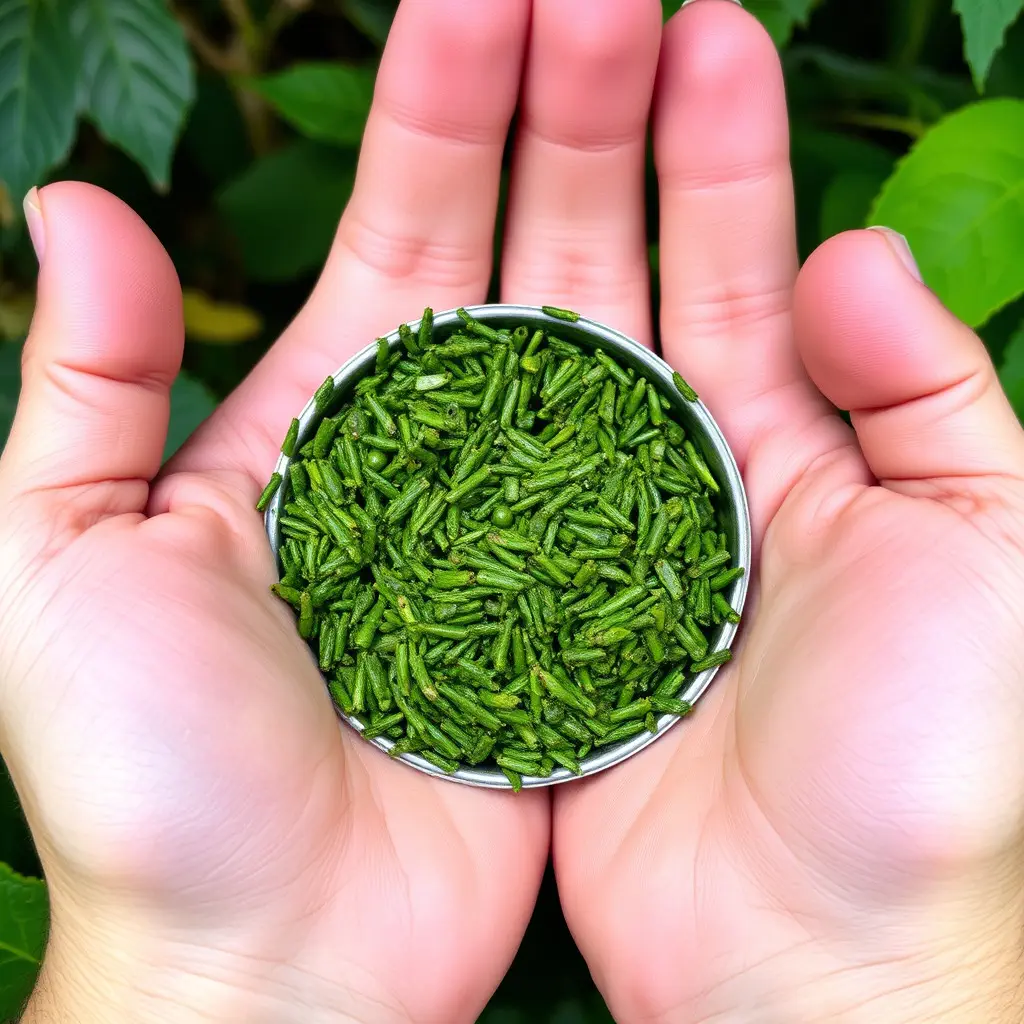Kratom, derived from the plant Mitragyna speciosa, offers hope for effective chronic pain management. Early research suggests its active compounds interact with opioid receptors, providing analgesic effects without traditional side effects. Many users report reduced reliance on prescription drugs and improved quality of life. However, informed caution is advised, and consultation with healthcare professionals is recommended. Kratom emerges as a promising natural solution for managing chronic pain, especially in conditions like fibromyalgia.
Chronic pain is a pervasive condition affecting millions, significantly impacting daily life. In this article, we explore an alternative treatment option that has shown promise in managing symptoms and enhancing quality of life: Kratom. We delve into the science behind its effects, share real-life success stories, and discuss how this natural herb can provide relief for those struggling with chronic pain. Understanding Kratom as a potential tool in chronic pain management is a significant step towards improving overall well-being.
- Understanding Chronic Pain and Its Impact on Daily Life
- Exploring Kratom as an Alternative Treatment Option
- Real-Life Success Stories: How Kratom Improved Quality of Life
Understanding Chronic Pain and Its Impact on Daily Life
Chronic pain is a complex condition that affects millions worldwide, significantly impacting an individual’s daily functioning and overall quality of life. It’s more than just temporary discomfort; it’s a persistent, long-term issue that can stem from various sources, such as injuries, illnesses, or conditions like fibromyalgia or arthritis. The experience of chronic pain varies greatly from person to person, with symptoms ranging from mild to debilitating. Many people struggle to find effective relief, often leading to a reduced ability to engage in everyday activities and a diminished sense of well-being.
In the quest for managing this condition, alternative solutions like Kratom have gained attention. Kratom, derived from the Mitragyna speciosa plant, has been used traditionally for its potential analgesic properties. Modern research suggests that certain compounds within Kratom may interact with opioid receptors in the body, offering a natural way to reduce chronic pain symptoms. By providing relief without the side effects associated with some prescription medications, Kratom could be a game-changer for individuals seeking an alternative approach to managing their chronic pain and improving their overall quality of life.
Exploring Kratom as an Alternative Treatment Option
Kratom, derived from the tropical plant Mitragyna speciosa, has gained attention as a potential alternative treatment for chronic pain management. Its active compounds, known as mitragynine and 7-hydroxymitragynine, interact with opioid receptors in the body, offering analgesic effects similar to opioids but with potentially fewer side effects. Numerous users report that kratom helps reduce their reliance on prescription painkillers, providing a more natural approach to managing chronic pain.
This herbal remedy is often used as a crutch for individuals seeking relief from persistent aches and pains. By mitigating pain levels, kratom enables better mobility and overall quality of life. The plant’s versatility in consumption methods—from capsules to teas—makes it easily accessible. However, like any alternative therapy, kratom is not without its critics or potential risks. It’s essential for users to approach this option with informed caution, considering dosage, frequency, and consulting healthcare professionals, especially when other treatments have proven ineffective.
Real-Life Success Stories: How Kratom Improved Quality of Life
Many individuals struggling with chronic pain have found a beacon of hope in Kratom, a natural herb that has gained significant attention for its potential to reduce symptoms and enhance overall well-being. Real-life success stories abound, with people sharing their transformative journeys after incorporating Kratom into their chronic pain management plans.
These accounts often highlight the profound impact on quality of life. From managing excruciating nerve pain to alleviating the constant ache associated with conditions like fibromyalgia, Kratom has been a game-changer for many. Users report improved mobility, better sleep, and an overall sense of calm, allowing them to engage in activities they once found debilitating. Such testimonials underscore the potential of Kratom as a complementary approach to conventional medicine, offering relief and a renewed sense of control over one’s life.
Kratom has emerged as a promising alternative treatment for managing chronic pain, offering significant symptom reduction and improved quality of life. By understanding the impact of chronic pain and exploring the benefits of this natural herb, individuals can make informed decisions about their well-being. Real-life success stories highlight the potential of Kratom to revolutionize pain management, providing a glimmer of hope for those seeking relief from debilitating symptoms.






